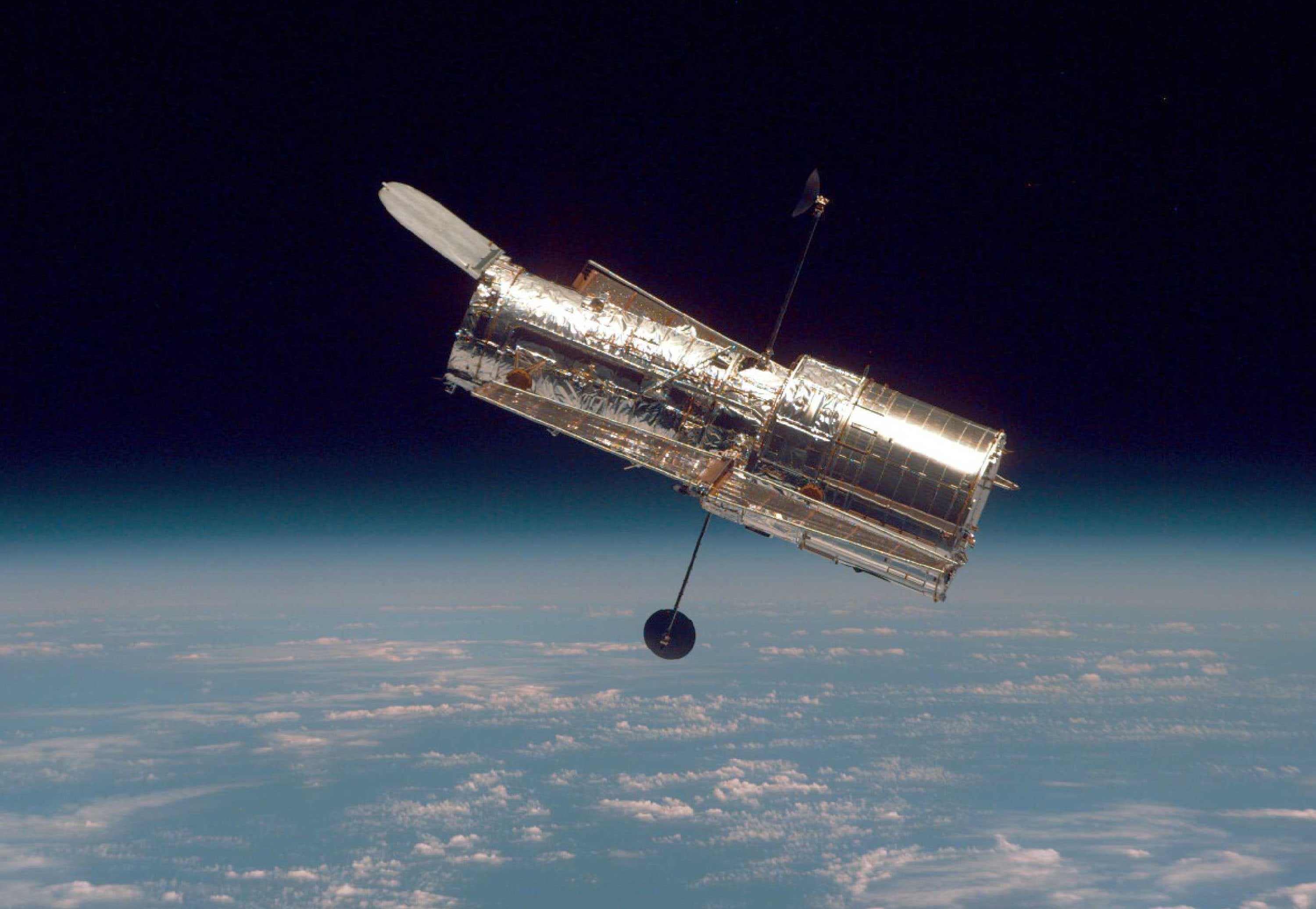Nasa fails to fix Hubble Space Telescope error - with no ‘definitive’ idea of when it will come back online
The agency said there is ‘no definitive timeline for bringing the computer back online’, but has multiple options yet to try

Your support helps us to tell the story
From reproductive rights to climate change to Big Tech, The Independent is on the ground when the story is developing. Whether it's investigating the financials of Elon Musk's pro-Trump PAC or producing our latest documentary, 'The A Word', which shines a light on the American women fighting for reproductive rights, we know how important it is to parse out the facts from the messaging.
At such a critical moment in US history, we need reporters on the ground. Your donation allows us to keep sending journalists to speak to both sides of the story.
The Independent is trusted by Americans across the entire political spectrum. And unlike many other quality news outlets, we choose not to lock Americans out of our reporting and analysis with paywalls. We believe quality journalism should be available to everyone, paid for by those who can afford it.
Your support makes all the difference.The Hubble Space Telescope is still stuck in ‘safe mode’, after Nasa engineers failed to restore it to operation following a computer error.
The $4.7 billion telescope halted on 13 June, when the main computer stopped receiving the “keep-alive” signal, which is a standard “handshake” (or a way of establishing a connection) between the payload and the spacecraft’s main computers.
The telescope put all scientific equipment into safe mode, and Nasa attempted to restart the satellite – to no avail. Nasa believes that a degrading computer memory module, made in the 1980s, is the cause of the fault.
“When the operations team attempted to switch to a back-up memory module”, Nasa wrote in a statement, “the command to initiate the backup module failed to complete. Another attempt was conducted on both modules Thursday evening to obtain more diagnostic information while again trying to bring those memory modules online. However, those attempts were not successful.”
The computer, a Nasa Standard Spacecraft Computer-1 (NSSC-1) system, was built in the 1980s as a part of the Science Instrument Command and Data Handling module – last replaced during a servicing mission in 2009.
It is designed to coordinate and control the scientific instruments, as well as monitoring them for health and safety concerns, supported by a second computer that can – theoretically - take over control in the event of a problem.
Both computers have four 64K Complementary Metal-Oxide Semiconductor (CMOS) memory modules. The payload computer only uses one memory module operationally at a time, with the other three serving as backups.
Unfortunately, it is not yet known when Nasa will be able to bring the Hubble Space Telescope back to normal functionality. A spokesperson for Nasa said that there is “no definitive timeline for bringing the computer back online” but that the space agency has “multiple options available to them and are working to find the best solution to return the telescope to science operations as soon as possible."
The Hubble Space Telescope, which has been operating in a low-Earth orbit of 340 miles at 17,000 miles per hour, is set to be soon replaced by the James Webb Space Telescope. Nasa will be sending the new craft into orbit on 31 October aboard an Ariane 5 rocket.
Join our commenting forum
Join thought-provoking conversations, follow other Independent readers and see their replies
Comments